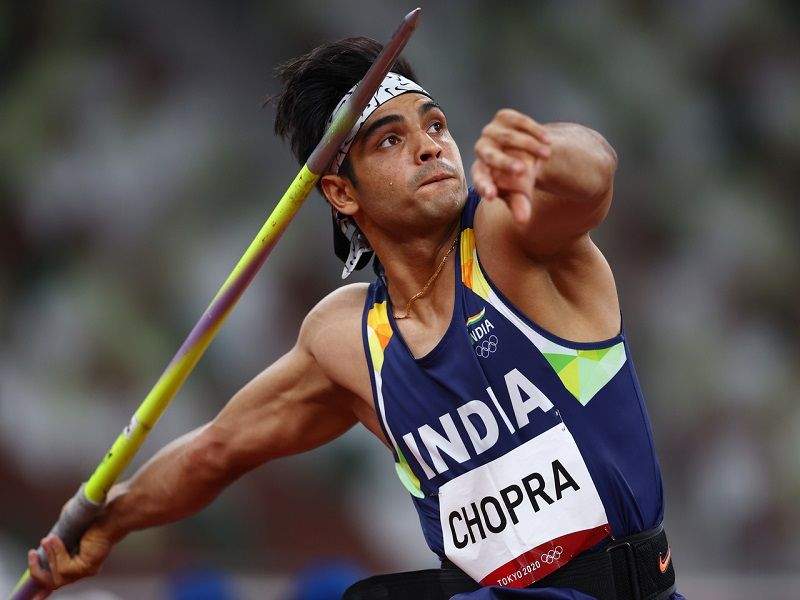The Men’s Javelin Throw Final

The men’s javelin throw has been a staple event in the Olympic Games since its inception in 1908. It’s a test of strength, technique, and precision, as athletes strive to launch the javelin the furthest distance possible. Over the years, the sport has evolved, with advancements in technique and equipment influencing the performance of athletes.
The Evolution of the Men’s Javelin Throw, Men’s javelin throw final
The men’s javelin throw has seen significant changes since its introduction in the Olympics. The earliest javelins were made of wood, and athletes were required to throw them underhand. This changed in 1906 when the International Amateur Athletic Federation (IAAF) introduced the overhand throw, which allowed athletes to generate greater force and distance. This change also led to the development of specialized javelins made of metal and later, fiberglass.
Notable athletes have played a crucial role in shaping the history of the men’s javelin throw. For example, Finland’s Matti Järvinen, a three-time Olympic champion, dominated the sport in the 1930s, setting multiple world records. The 1960s saw the emergence of another Finnish legend, Tapio Korjus, who won the 1964 Olympic gold medal.
The men’s javelin throw has continued to evolve, with athletes constantly seeking new ways to improve their technique and equipment. Modern javelins are lighter and more aerodynamic than their predecessors, allowing athletes to throw them further. The introduction of the “center of gravity” rule in 1985, which moved the center of gravity further back on the javelin, further impacted the sport. This rule aimed to reduce the distance athletes could throw the javelin and made it safer for spectators.
Techniques and Equipment
The techniques used in the men’s javelin throw have evolved alongside the equipment. Early athletes used a simple overhand throw, but as the sport progressed, more sophisticated techniques were developed. Modern athletes use a “run-up” approach, building momentum before releasing the javelin. They also employ specific techniques to maximize their throwing power, including the “J-curve” technique, which helps to create a more efficient throwing motion.
The javelin itself has also undergone significant changes. Early javelins were made of wood and were heavy and difficult to throw. Modern javelins are made of fiberglass and are lighter and more aerodynamic, allowing athletes to throw them further. The design of the javelin has also changed, with the center of gravity being shifted further back to reduce the distance athletes could throw the javelin. These changes have resulted in longer throws and have made the sport safer for both athletes and spectators.
The men’s javelin throw final is always a thrilling event, with athletes showcasing their power and precision. It’s a reminder of the artistry involved in even the most physically demanding sports, much like the creative partnership of diana silvers and dominic fike , where musical talent and visual aesthetics blend seamlessly.
Just as the javelin arcs through the air, their collaboration takes shape, leaving a lasting impression on the audience.
The men’s javelin throw final is a thrilling event that demands both power and precision. Imagine the athletes, after their final throw, relaxing in the comfort of a melcher wood adirondack chair , taking in the applause and reflecting on their performance.
The anticipation leading up to each throw, the roar of the crowd, and the thrill of victory are all part of what makes this event so captivating.
